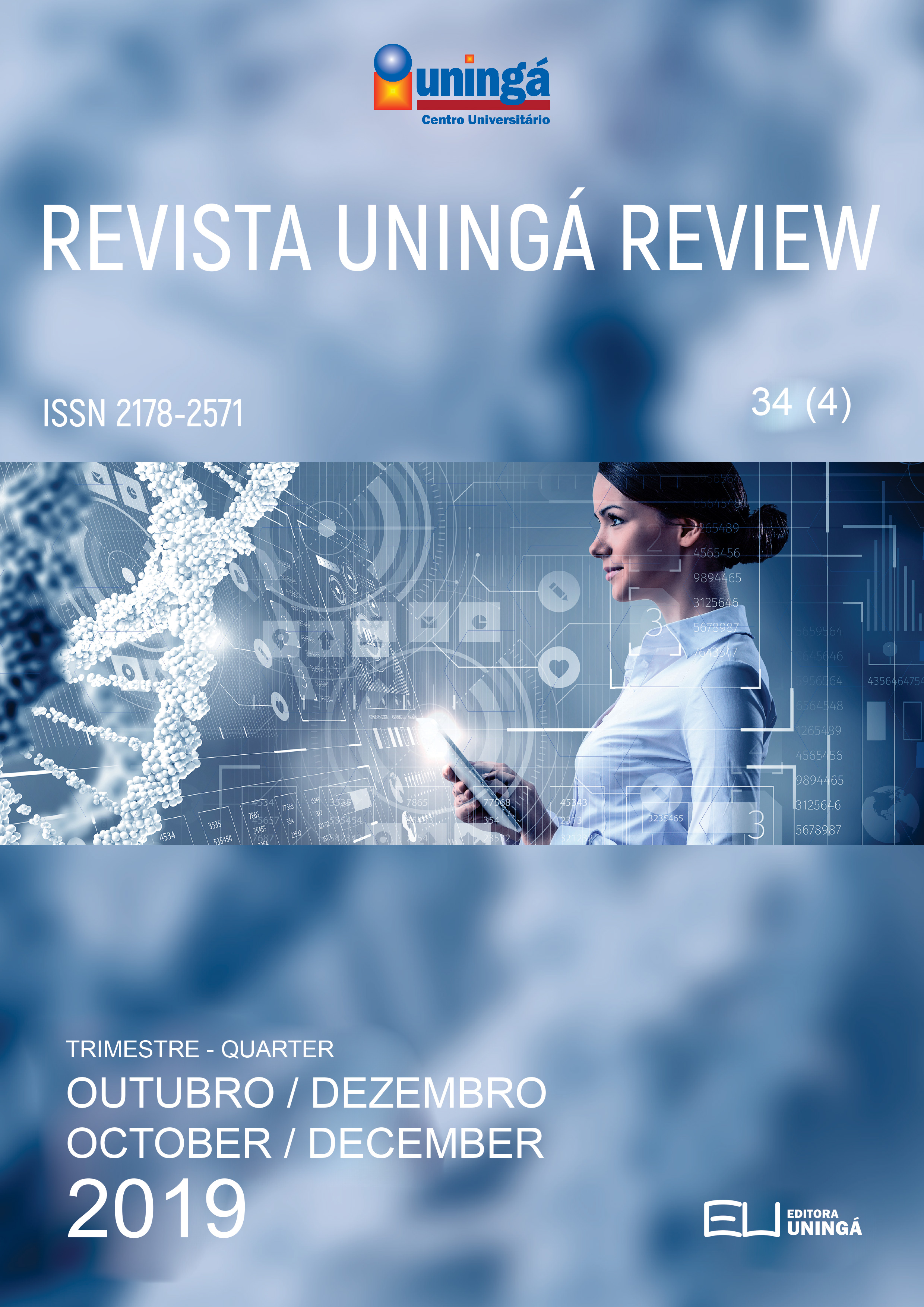THE INFLUENCE OF FOLIAR DAMAGE BY THE FALL ARMYWORM ON TRANSGENIC AND CONVENTIONAL MAIZE HYBRIDS
Keywords:
Phenotypic correlation, Transgenic Maize, Scouting for InsectsAbstract
With the large-scale emergence of diseases and pests in maize crops, the best solution to maintain maize yield and quality has been the use of Bt (Bacillus thuringiensis) technology, since it is a tactic which reduces the issues arising from insecticides. The aim of this study was to evaluate the incidence of Spodoptera frugiperda in transgenic and conventional maize hybrids and its phenotypic resistance. The experiment was carried out in Caceres - MT, on the 2nd crop of 2018, in a randomized block design, with three replications, evaluating six hybrids of a conventional version and thirteen transgenics. For the assessment of leaf damage caused by Spodoptera frugiperda, a visual scale of grades was used, with a variation of 0 to 9. The greatest damage caused by S. frugiperda was in the conventional hybrid AL Bandeirante, F2DAS2B710 x F2A2555, F2DAS2B710 x F230F35 and F2FORT x F2AG8060 and the least damage was to the conventional hybrid F2A2555 x F2FORT. Transgenic hybrids with greater S. frugiperda damage were DKB 230 PRO3, MG580 and DKB 290 PRO 3 and the least leaf damage was to the transgenic hybrid AG 8088 VT PRO with Viptera Technology®. Transgenic hybrids resistant to fall armyworm can be discriminated by scouting for insect resistance at DSF 45 (45 days) and DSF 60 (60 days).
Downloads
Downloads
Published
How to Cite
Issue
Section
License
I declare/we declare that the text submitted here is original, of my own authorship and does not infringe any type of third party rights. The content is my/our sole responsibility. Possible research involving animals and/or human beings is in accordance with Resolution 196/96 of the National Health Council and its complements. I declare that I am/we are in possession of the written consent of patients and that the research and its procedures were timely and adequately approved by the Ethics Committee of the institution of origin. We further declare that all institutional affiliations and all sources of financial support for the work are duly informed. I certify that there is no commercial or associative interest that represents a conflict of interest related to the submitted work. If there is commercial interest, in addition to the technical and academic ones, in the publication of the article, the information will be reported during the text.







































